Across industries, IT teams are recognizing the benefits of OpenTelemetry – the observability platform for collecting, processing, and exporting large-scale software telemetry, as a fast, simple, and cost-effective way to drive visibility and performance into dynamic cloud-native IT environments.
That’s because monitoring performance is much more challenging in a cloud environment, where everything changes constantly. Traditional monitoring approaches are based on physical infrastructure and provide fixed dashboards for each I.T. layer. But with cloud computing, organizations have to change their strategies based on business needs.
Indeed, the transition to modern applications brings enormous complexity and large volumes of data. And this is where OpenTelemetry comes in. While adoption of the platform is relatively low at an enterprise level, recent conversations with IT leaders have shown that most organizations will roll it out across their IT departments within the next few years.
OpenTelemetry must be part of a proper observability strategy
Despite all the attention and focus that OpenTelemetry is receiving, practitioners need to recognize its limitations. By itself, the platform doesn’t provide IT teams with the insights they need. It can take individual, isolated data and put it together, but it doesn’t provide a holistic performance view.
Therefore, IT teams need a way to process and correlate this volume of telemetry data. They need additional tools to enhance the data they get from OpenTelemetry and combine it with other data points derived through agents and data from public cloud environments such as Kubernetes.
Business transactions are something OpenTelemetry doesn’t understand either, so IT teams are unable to identify and prioritize the availability and performance issues that can cause the most damage to the end-user experience and business results.
That’s why it’s critical for IT teams to be able to ingest OpenTelemetry directly into their observability platform, gaining a unified view of applications running in hybrid and multi-cloud environments. Observability is the only way for professionals to cut through the data noise, make the right decisions, and prioritize actions based on potential severity.
Given this, as organizations look to accelerate their migration to cloud-native technologies, OpenTelemetry becomes the foundation for IT teams to manage and optimize application availability and performance. But as a standalone tool, it’s not enough. It should be part of a broader, unified observability strategy.
*The content of this article is the author’s responsibility and does not necessarily reflect the opinion of iMasters.


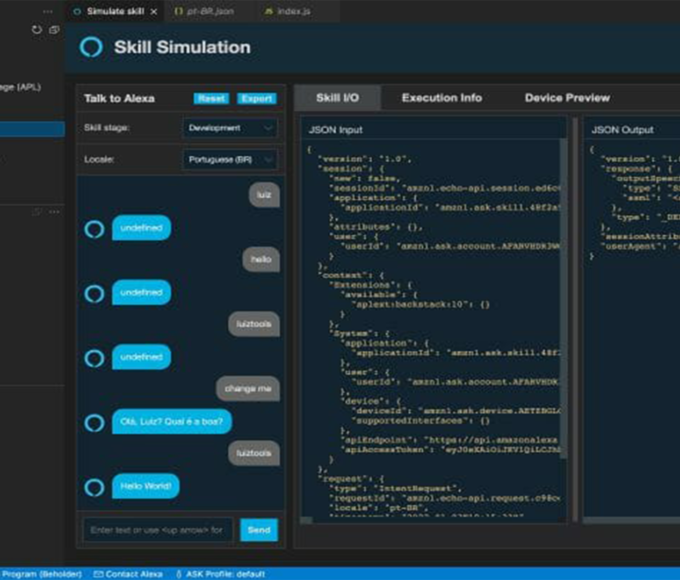


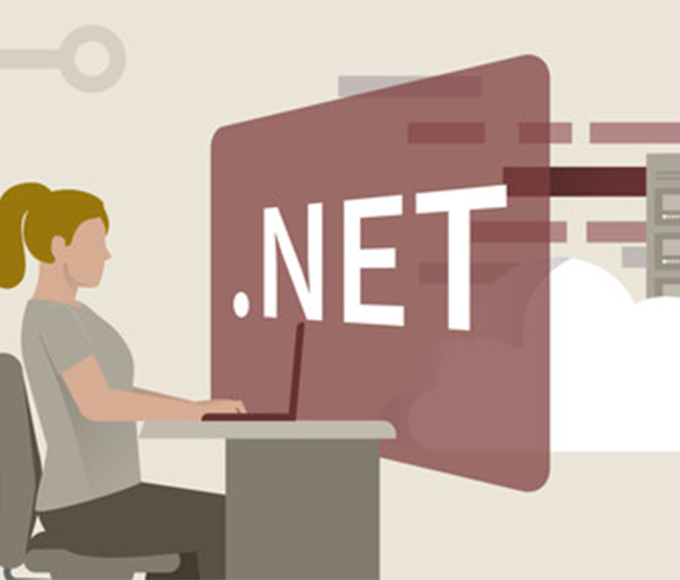


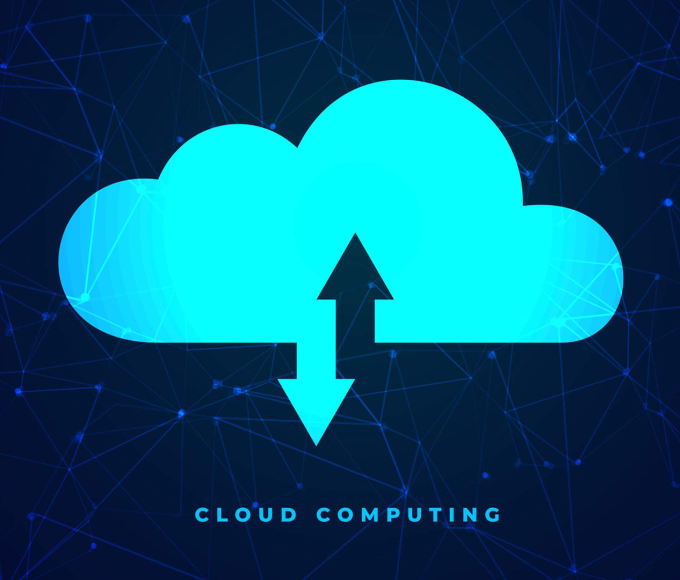
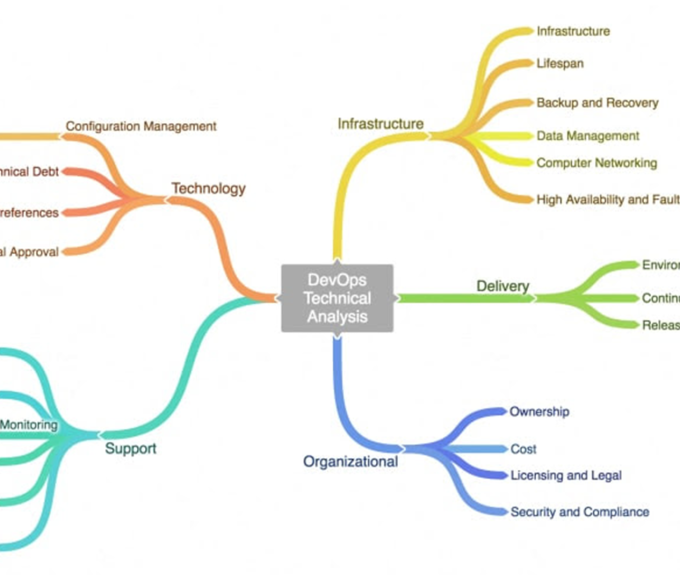




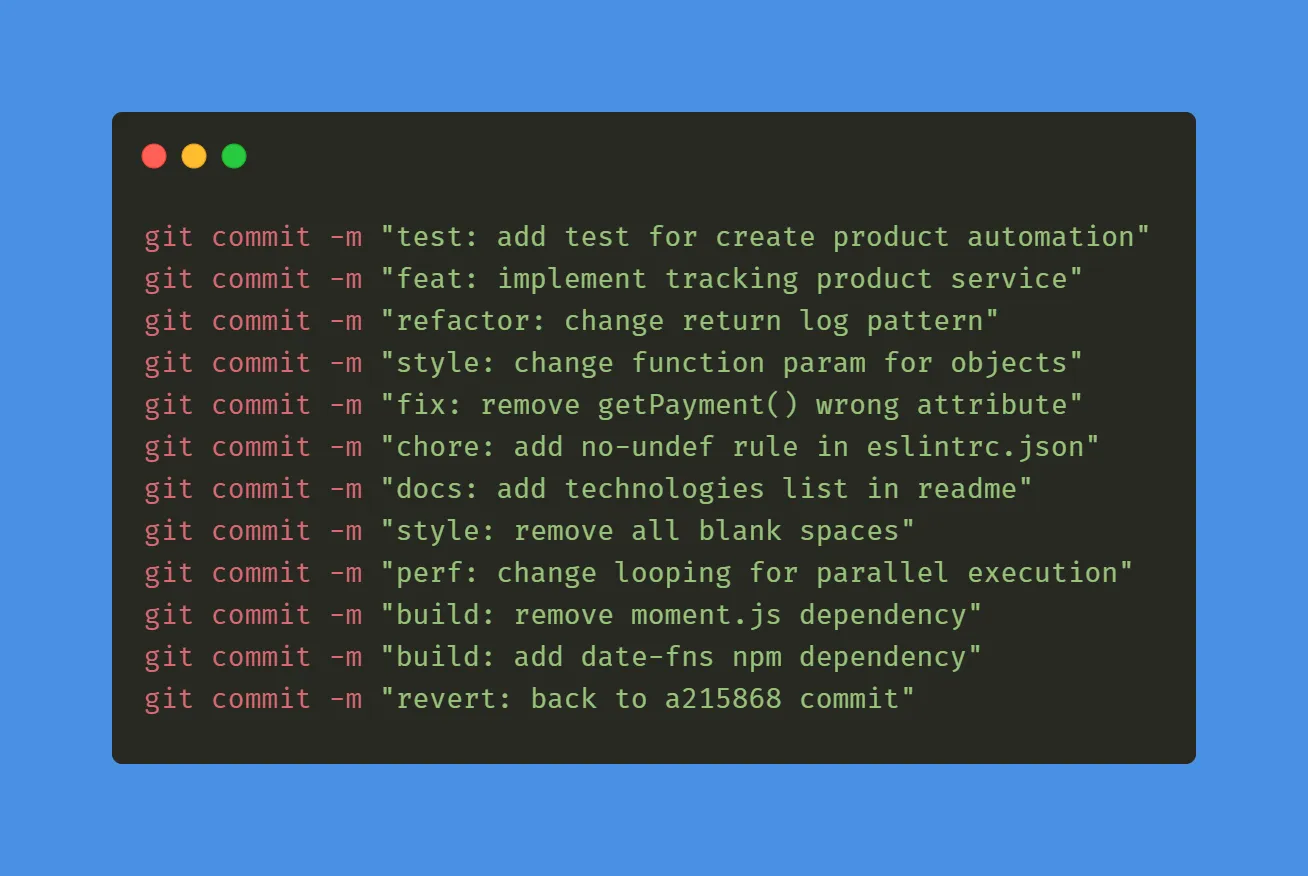

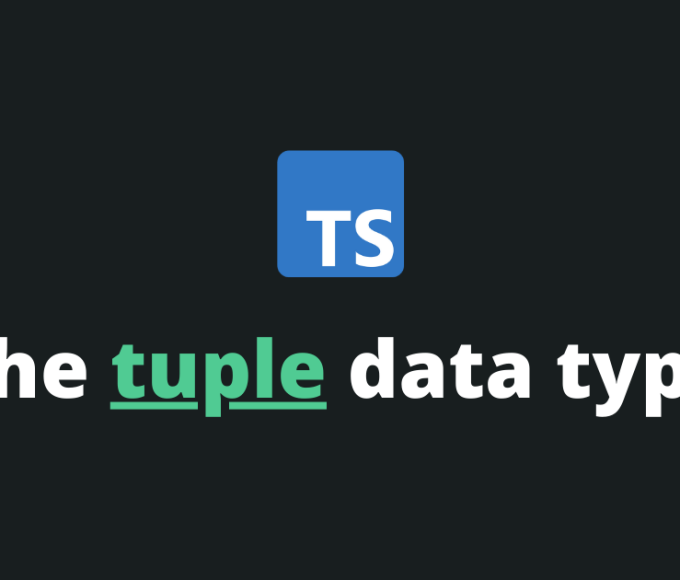






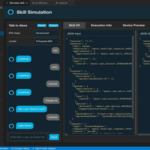




Leave a comment